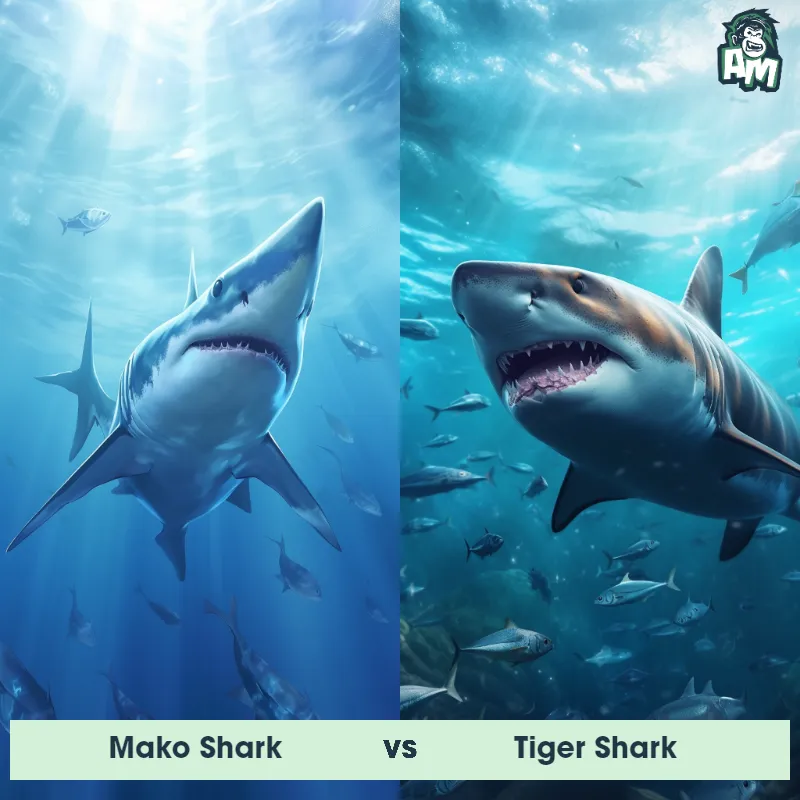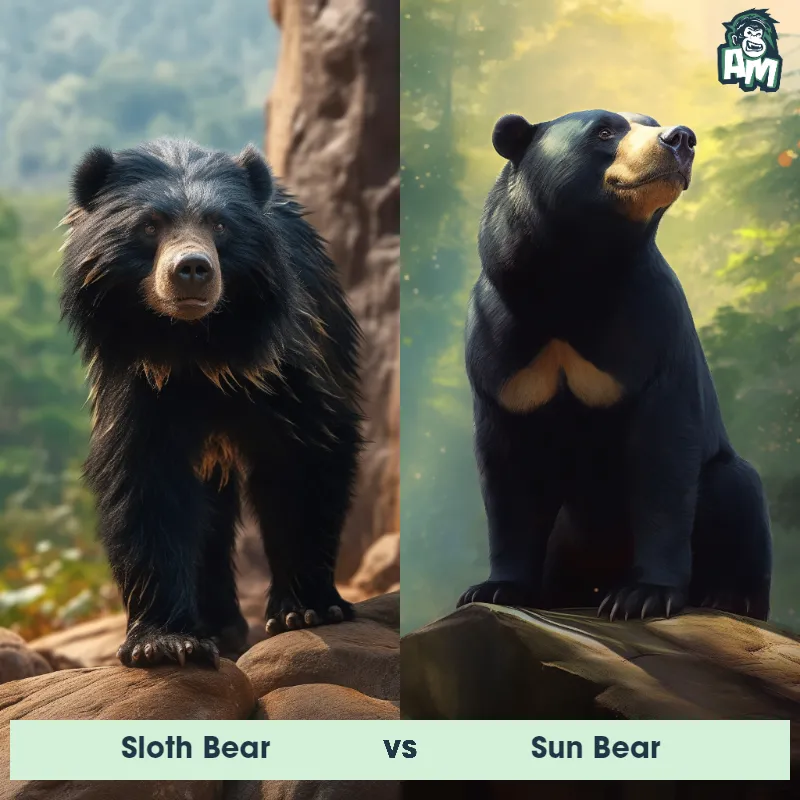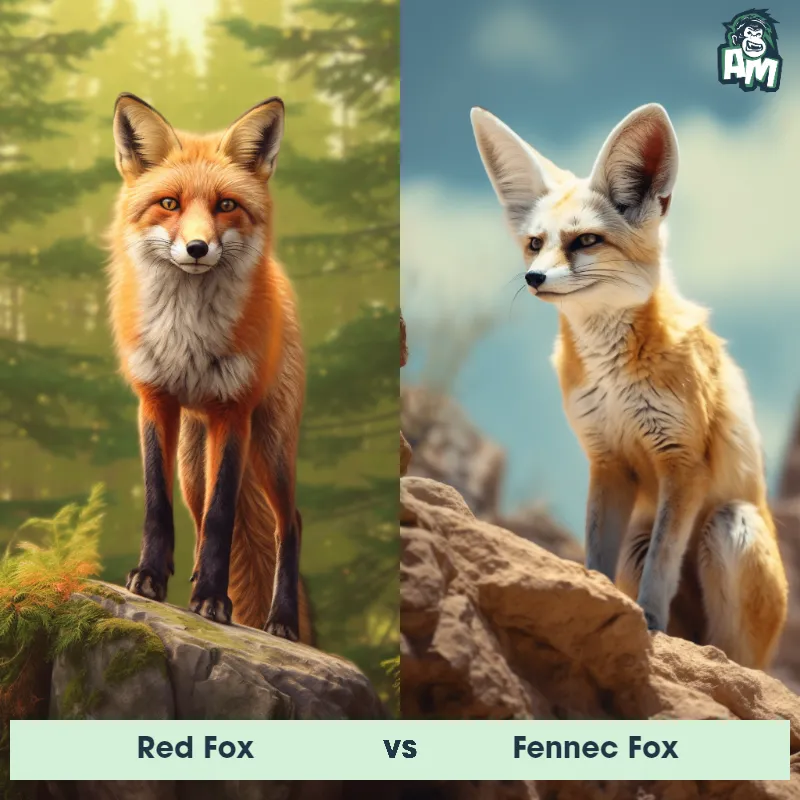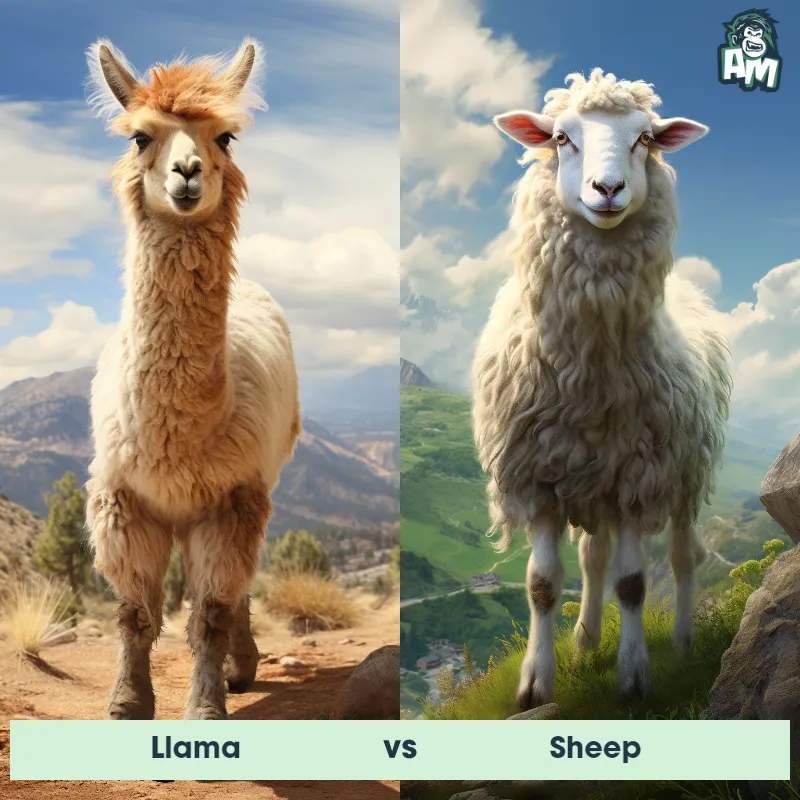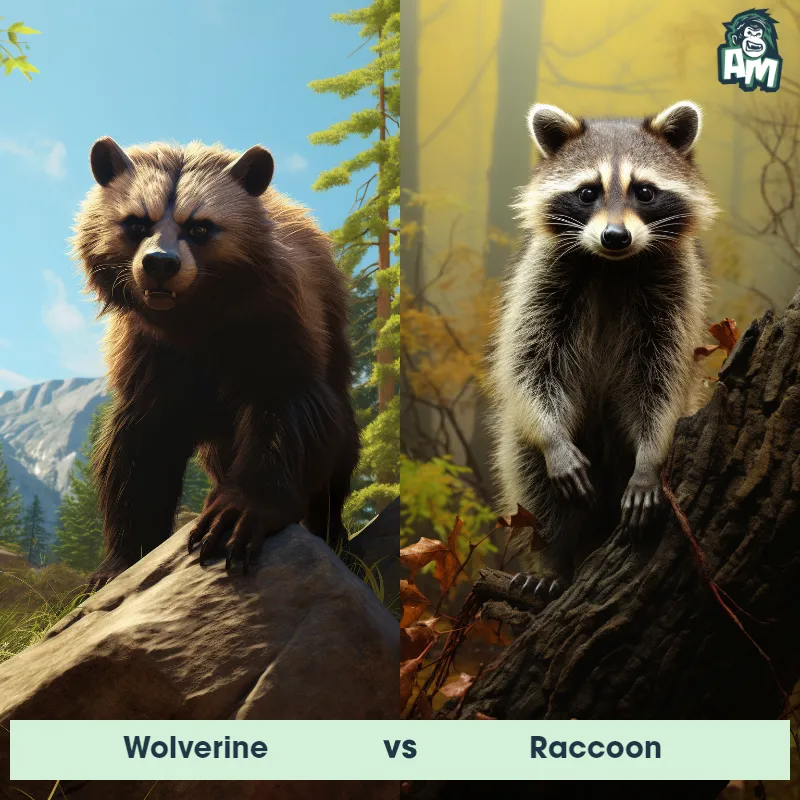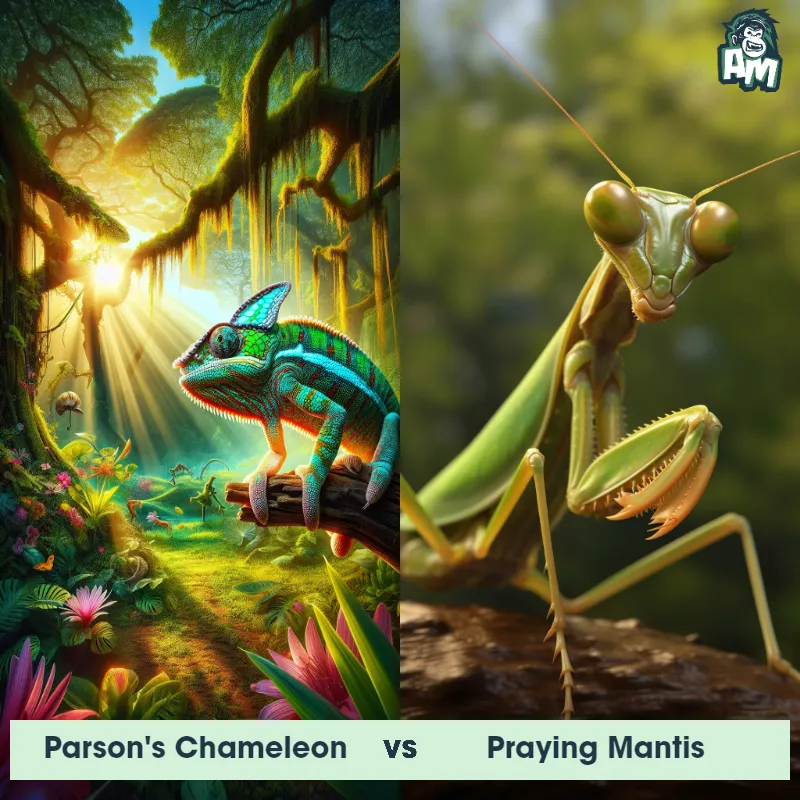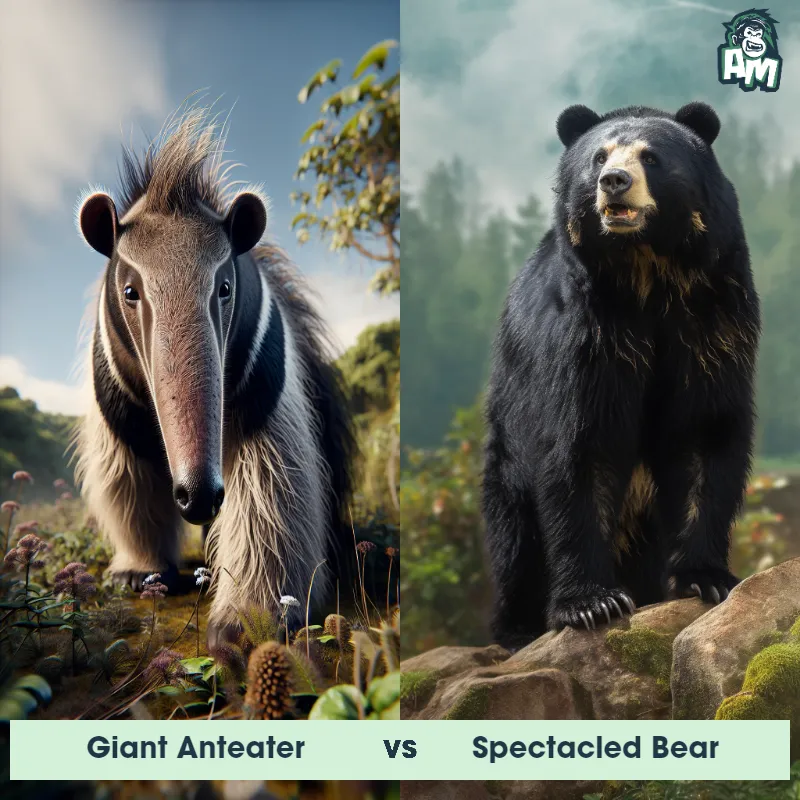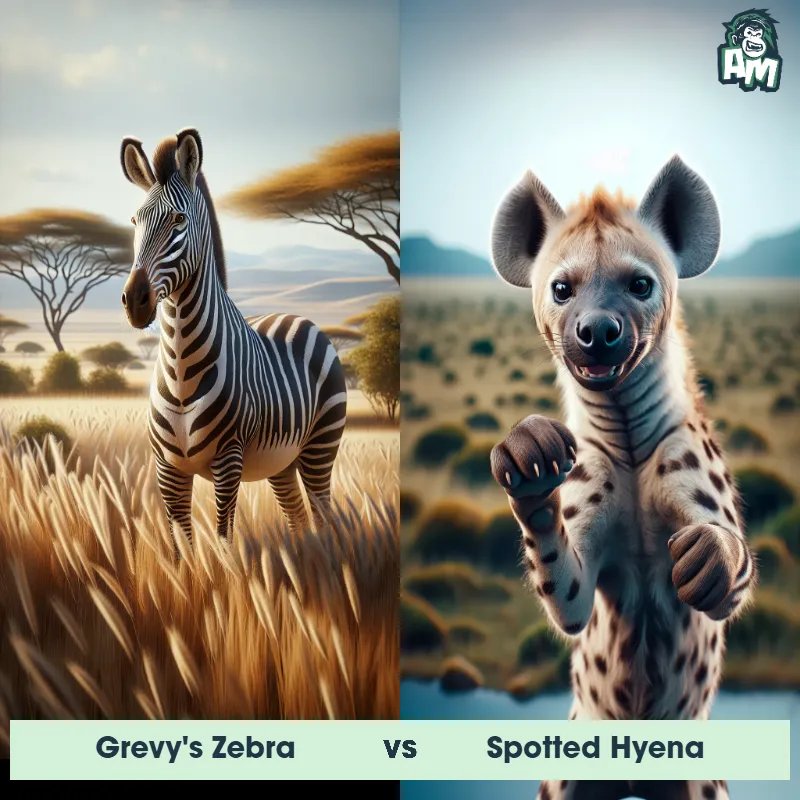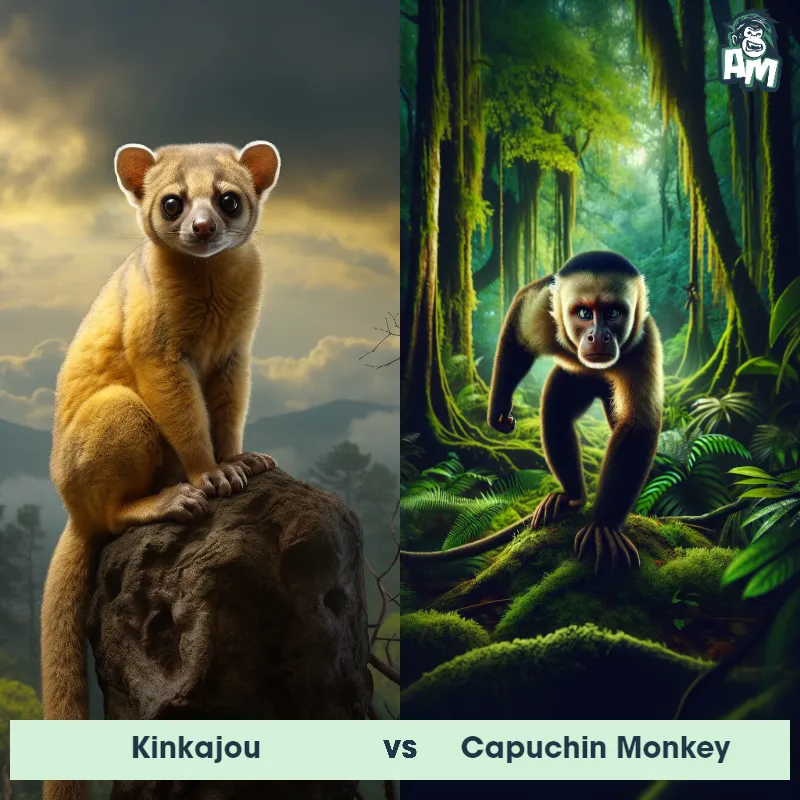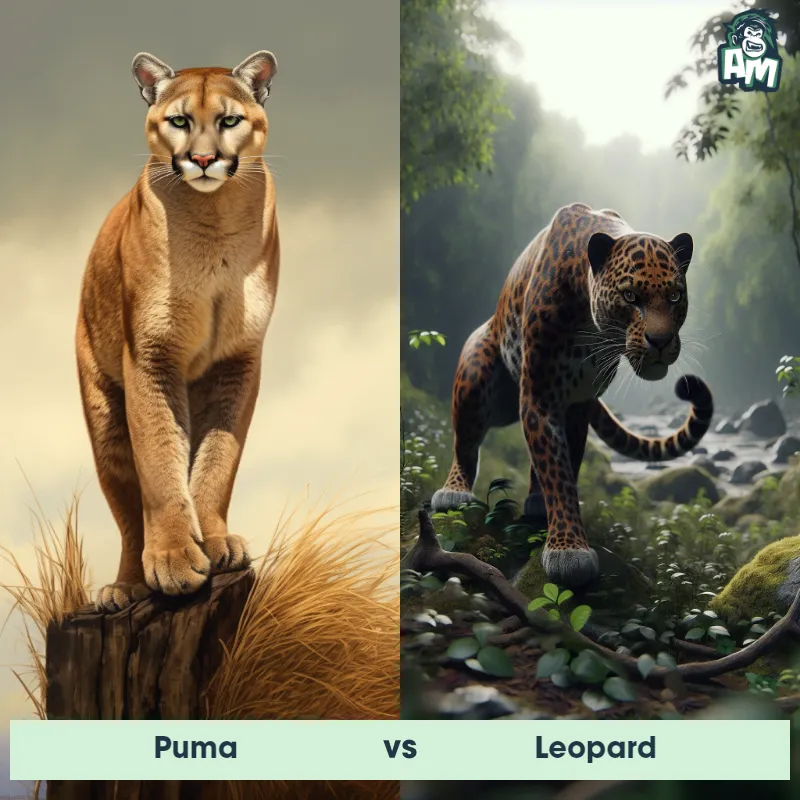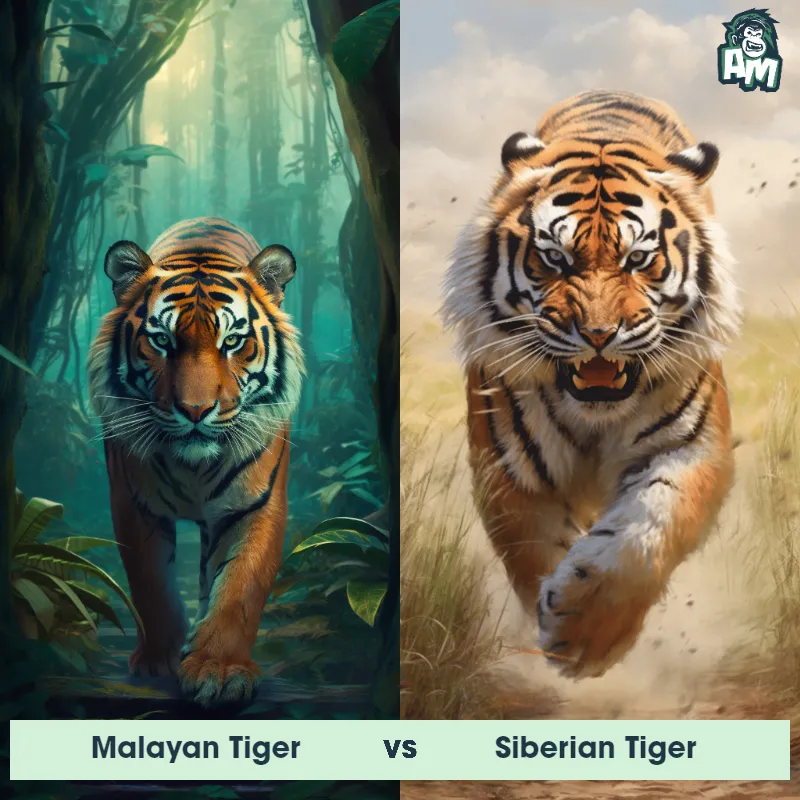Bobcat vs LionSee Who Wins

Ladies and gentlemen, welcome to this thrilling matchup between two fierce competitors! Tonight, within the confines of this arena, we have a Bobcat going head-to-head against a mighty Lion. This showdown promises ferocity and strength as these predators step into the ring. It's time to witness the grandeur of the animal kingdom!
Contender 1: Bobcat
The Bobcat, also known as Lynx rufus, is a medium-sized wild cat native to North America. They have short, reddish-brown fur with black spots and tufted ears. Bobcats are known for their distinctive short tails, which are only 5-6 inches long. They are solitary animals and are most active at dawn and dusk. Bobcats are skilled hunters and prey on small mammals, birds, and reptiles.
Fun Fact: Bobcats are excellent climbers and can easily scale trees to escape predators or hunt prey.
Contender 2: Lion
The lion, often referred to as the 'king of the jungle,' is a large, powerfully built cat known for its tawny coat and, in males, a magnificent mane. They are native to Africa and a small region in western India. Adult male lions can weigh up to 420 pounds, while females, who are primarily responsible for hunting, are slightly smaller. Lions are social animals and live in groups called prides, which are usually composed of related females, their cubs, and a small number of adult males.
![[object Object] Gif](https://tenor.com/view/lion-yawning-yawn-tired-exhausted-gif-12230852.gif)
Fun Fact: Lions are the most socially inclined of all wild felids, most of which remain quite solitary in nature.
Matchup Stats
| Bobcat | Lion | |
|---|---|---|
| Size | 2-3 feet (0.6-0.9 meters) in length | 4.5 to 6.5 feet long (body length), 3.5 to 4 feet tall at the shoulder (1.4 to 2 meters long, 1 to 1.2 meters tall) |
| Weight | 15-30 pounds (6.8-13.6 kilograms) | Up to 420 pounds (190 kilograms) |
| Speed | Speed: 30 mph (48 km/hr) | 50mph (80km/h) |
| Key Strength | Powerful legs and sharp claws | Powerful build, strong jaws, sharp claws |
| Biggest Weakness | Small size compared to other predators | Less agile compared to other big cats, dependent on strength and power |
Current Votes
Bobcat vs Lion
See Who Wins
View More Matches
Looking For More?
Similar Matches
Scientific Stats
| Bobcat | Lion | |
|---|---|---|
| Scientific Name | Lynx rufus | Panthera leo |
| Family | Felidae | Felidae |
| Habitat | Forests, deserts, suburban areas | Grasslands, savannas, dense bush, and woodlands |
| Geography | North America | Africa and a small region in western India |
| Diet | Small mammals, birds, reptiles | Carnivorous, primarily large ungulates |
| Lifespan | 10 years - 15 years | 10 years - 14 years |
Key Differences between Bobcat and Lion
- Size: The Lion is significantly larger than the Bobcat, with adult males weighing between 330-500 pounds and measuring up to 8 feet in length, while Bobcats are smaller, weighing between 15-35 pounds and measuring around 3.5-4 feet in length.
- Morphology: The Lion has a robust body structure with strong legs and a deep chest, suitable for its predatory nature, while the Bobcat has a more slender build with longer legs, allowing for agility and climbing abilities.
- Tail length: The Lion has a long, muscular tail that ends in a tuft of hair, measuring about one-third of its total body length, while the Bobcat has a relatively short tail, usually less than half the length of its body.
- Habitat: Lions are typically found in grasslands and savannas in Africa, while Bobcats are adaptable and can be found in a variety of habitats in North America, including forests, mountains, and even deserts.
- Facial features: The Lion has a broad, well-defined face with prominent whisker pads and a large, rounded head, typically with reduced ear tufts, while the Bobcat has a more compact face, with smaller, triangular ears topped by tufts of black fur.
- Coloration/pattern: The Lion is usually tan or light brown in color, with a tawny coat and a noticeable mane on adult males, while the Bobcat has a distinct spotted or striped coat pattern that varies from light gray or brown to reddish-brown.



